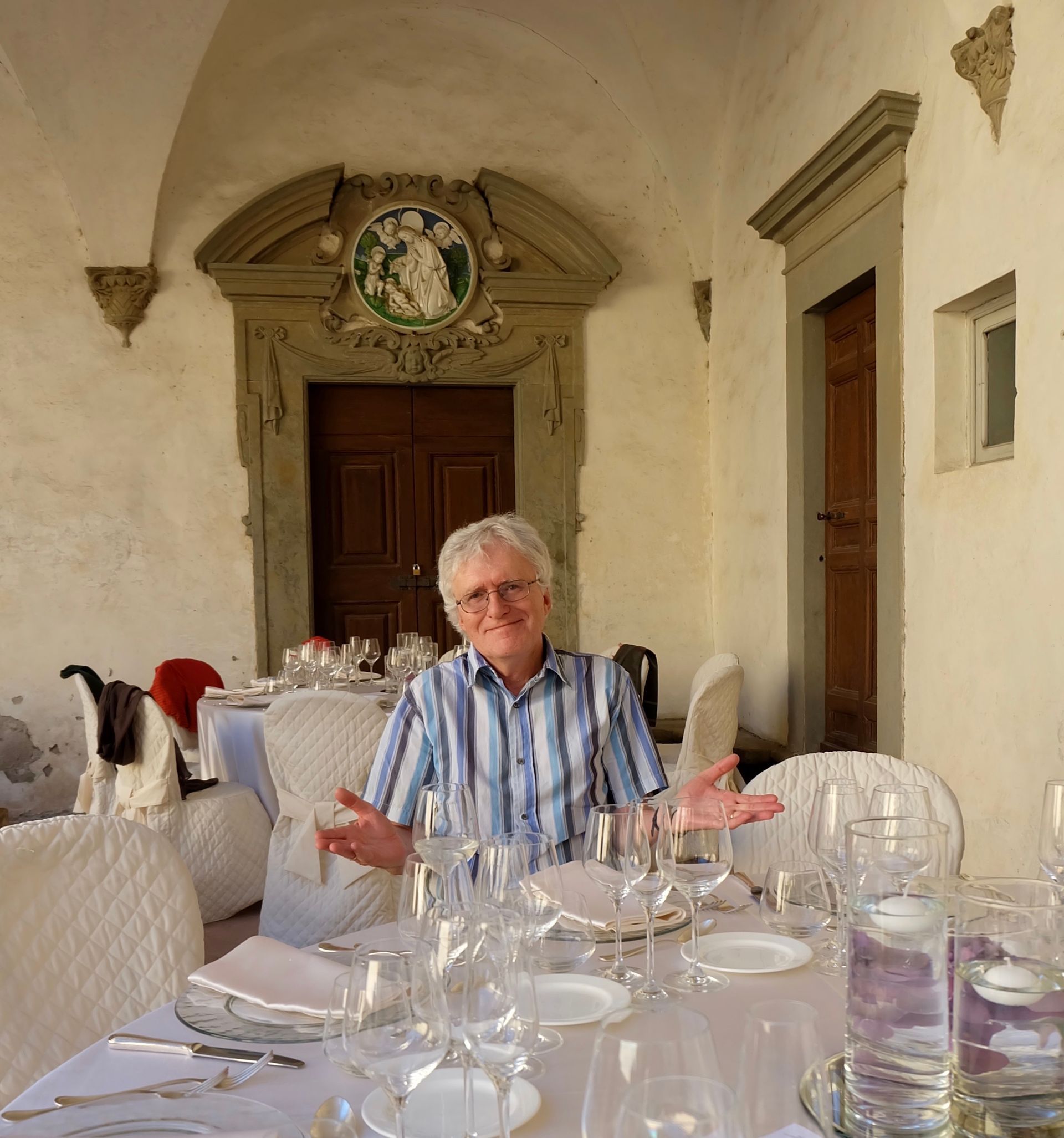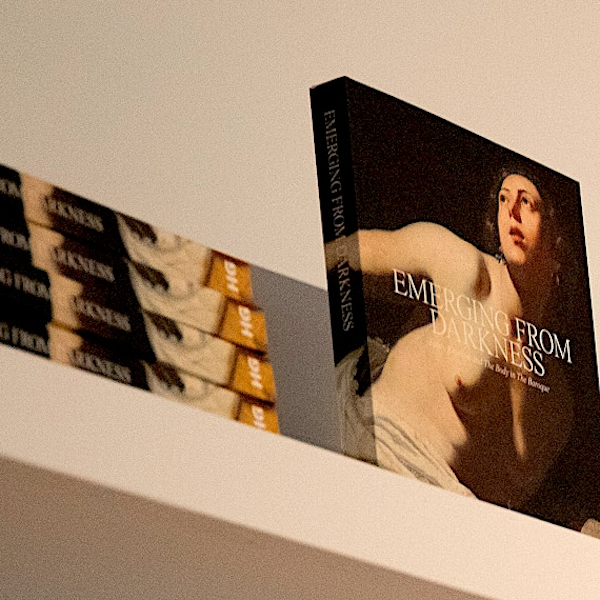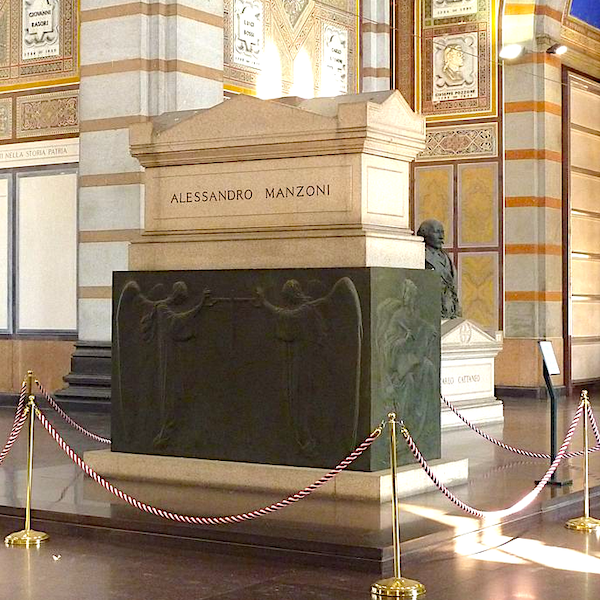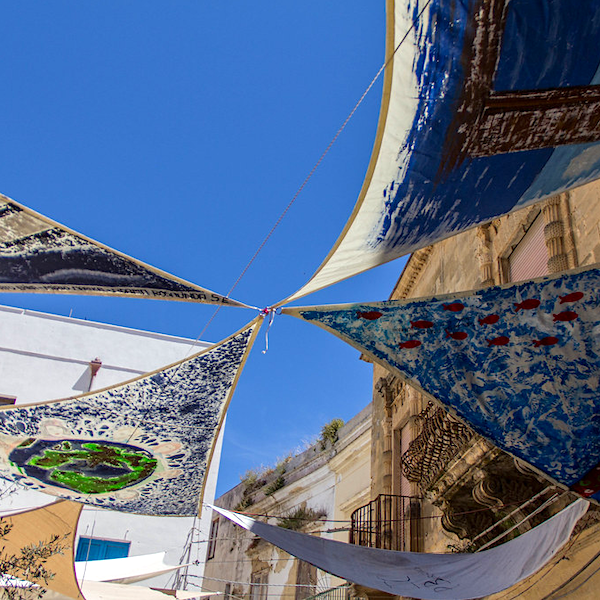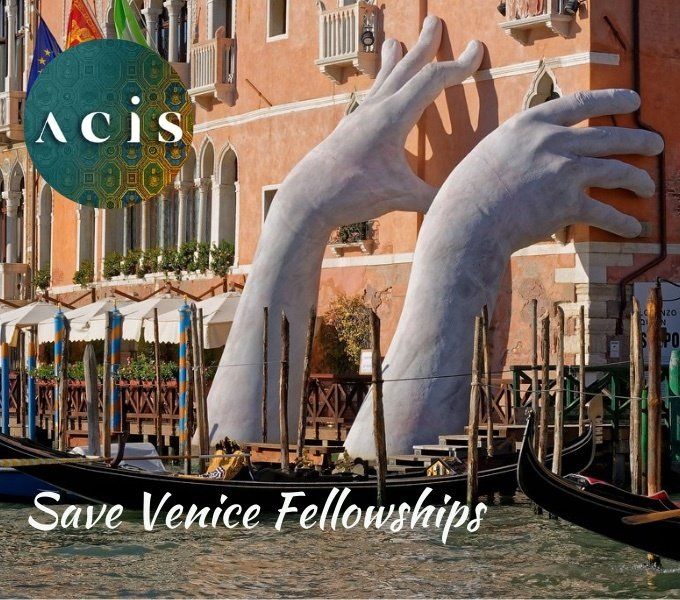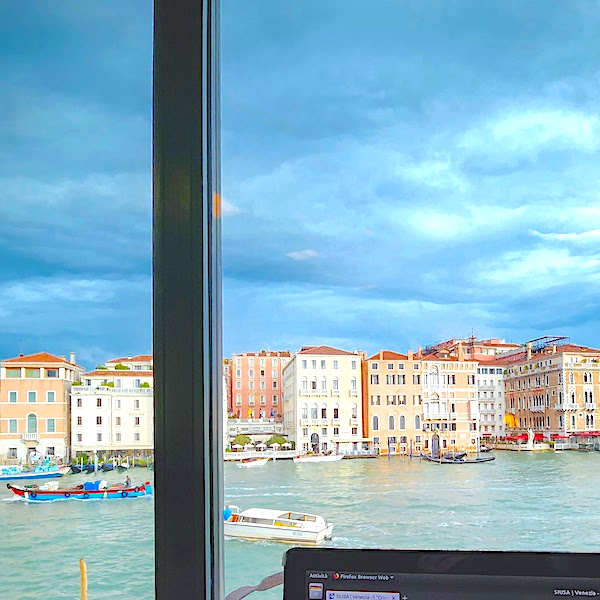Tuscany meets Milan @ Datini office™ ☞ 1382
Josh Brown University of Western Australia
 When did Tuscan language forms reach Lombardy? The earliest time that Tuscanisation has been suggested for Milan is during the late Quattrocento when Tuscan became a model for the chancery, well before its codification by Bembo in the Cinquecento. But can evidence for an earlier presence be found? I believe it can. My key source for an earlier dating of Tuscanisation is the correspondence between merchants from Milan and the 14 th
century Tuscan merchant Francesco di Marco Datini (c.1335-1410), the famous ‘merchant of Prato’.
When did Tuscan language forms reach Lombardy? The earliest time that Tuscanisation has been suggested for Milan is during the late Quattrocento when Tuscan became a model for the chancery, well before its codification by Bembo in the Cinquecento. But can evidence for an earlier presence be found? I believe it can. My key source for an earlier dating of Tuscanisation is the correspondence between merchants from Milan and the 14 th
century Tuscan merchant Francesco di Marco Datini (c.1335-1410), the famous ‘merchant of Prato’.
Aged a mere fifteen, Datini moved to Avignon in the south of France to begin trading in arms and armour and eventually founded trading warehouses in Prato, Avignon, Florence, Pisa, Genoa, Barcelona, Valencia and the Balearic Islands. On his return to Prato from Avignon in December 1382, he stopped for a week in Milan to gather supplies for his onward journey and to establish trade agreements with fellow merchants. The main trading partner Datini gained was the Pescina family, a large and established Milanese family. In return for a commission of 2.5%, the Pescinas agreed to supply Datini and his warehouses with arms, armour, metals, fustians, and any other item he requested. Including the four main correspondents in the Pescina family, Datini and his associates would finally carry on direct correspondence with at least another four merchants either from or near Milan, as well as from the main trading areas all over Lombardy.
The letters sent from Datini’s correspondents in Milan to his trading outposts have been preserved in the voluminous Datini Archive in Prato which contains over 810 letters from Milan. Of these, 526 were written by Datini’s employees, all Tuscan, (who travelled to Milan on business errands and to meet with the Pescinas) and are thus in Tuscan, 70 were written by other Tuscans or merchants who were from a Tuscan family or by merchants whose provenance I have been unable to establish, 9 pieces of correspondence are not letters, 4 are in Latin and one letter was sent by an anonymous merchant. Of the remaining 200, I was able to identify the handwriting of 84 letters written by merchants from or near Milan.
How to ascertain the presence of Tuscanisation? Using the thorough descriptions of verb morphology in Bonvesin dra (de la) Riva’s literature from the late 1200s, I compared variants of language in these letters to similar forms of Tuscan and Milanese found in other texts from the late Middle Ages through to the Renaissance.  For example, if we take our point of comparison for Milanese past participles from Bonvesin (for –are
verbs these are -ado, -adho, -ao
), the past participles in the letters sent from Milanese merchants to Francesco Datini and his associates seem to show a tendency towards Tuscan forms. Out of the 251 cases I found of past participles in -are
, lenition is not present at all and, in fact, the opposite appears to have occurred, where the inter-vocalic consonant is doubled to the extent that there are 28 cases of –atto
. A similar distribution can be seen in both –ere
and –ire
verbs.
For example, if we take our point of comparison for Milanese past participles from Bonvesin (for –are
verbs these are -ado, -adho, -ao
), the past participles in the letters sent from Milanese merchants to Francesco Datini and his associates seem to show a tendency towards Tuscan forms. Out of the 251 cases I found of past participles in -are
, lenition is not present at all and, in fact, the opposite appears to have occurred, where the inter-vocalic consonant is doubled to the extent that there are 28 cases of –atto
. A similar distribution can be seen in both –ere
and –ire
verbs.
All references to Tuscanisation in Lombardy are made in the élite contexts of the chancery or literary usage. Vitale’s study of the chancery ( La lingua volgare della cancelleria visconteo-sforzesca nel Quattrocento, 1953) showed that Tuscan was already being used outside the sphere of literature in northern Italy during the Quattrocento. Before this, the available histories of the vernacular in Lombardy give the impression that Tuscan was not a model for non-literary writing and that Tuscan influence in orthography and morphology is little evident. More recent studies have concluded that Tuscan was in fact much more widespread than originally thought during the late Trecento and early Quattrocento, but have focused their attention on literature or texts that were intended for a narrowly selected audience. Indeed acquaintance with Tuscan outside Tuscany during the 14th and 15th centuries was advanced not only through the reading of the Three Crowns, and the increased mobility of poets, notaries, podestà, judges and ambassadors. But, although equally mobile in their professional work, the merchants from Milan who were writing to Francesco Datini are removed from both a courtly and a literary environment. In other words, Tuscan’s presence is felt not only in the highest strata of Milanese society but it was also, at the other end of the spectrum, known and used for successful communication between the not-so-educated merchant class and sometimes, as in the case of the Datini network of writers, over significant geographical distances. So what might at first seem like a matter simply of establishing the origins and extent of Tuscanisation in Milan also has profound socio-cultural implications for the much wider issue of the language merchants preferred to use for their professional correspondence – a key element in the infrastructure of expanding commercial life.
